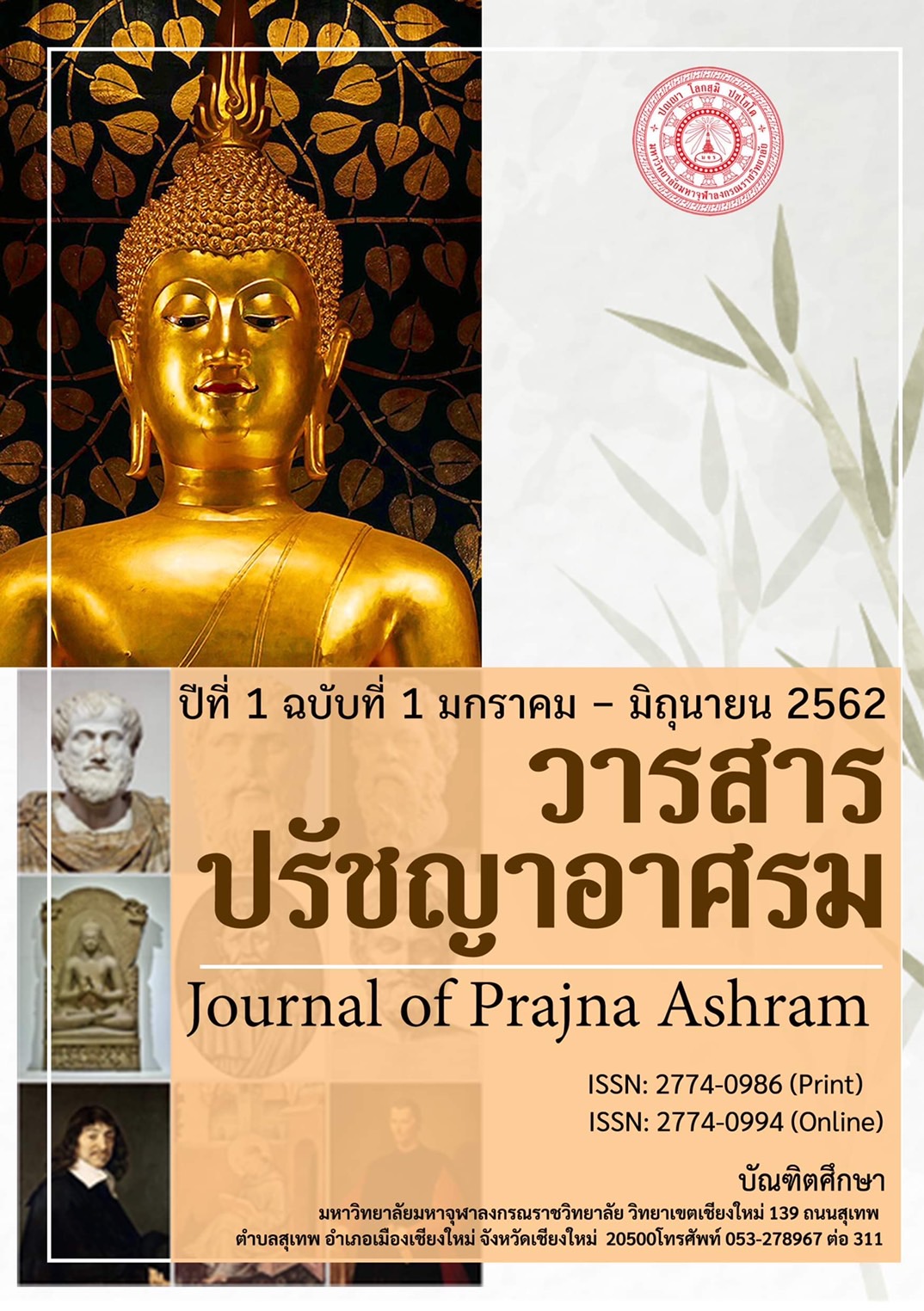การศึกษาวิเคราะห์ทฤษฎีการจัดการความขัดแย้งของคารล์ มาร์กซ์ กับ การจัดการความขัดแย้งโดยพุทธสันตวิธี
Main Article Content
บทคัดย่อ
คาร์ล มาร์กซ์ การแบ่งแยกชนชั้นเป็นชนชั้นปกครองและชนชั้นผู้ใช้แรงงาน ทําให้ชนชั้น ปกครองที่มีโอกาสมากกว่าเข้ายึดครองกรรมสิทธิ์แบบผูกขาด เป็นเจ้าของปัจจัยการผลิตที่มีอํานาจ มาก เกิดกดขี่ข่มเหงและเบียดเบียนชนชั้นแรงงานจึงกลายเป็นความขัดแย้งทางสังคม แต่ คาร์ล มาร์กซ์ ก็ได้มองถึงความสําคัญของความขัดแย้งในฐานะที่แรงผลักดันให้มีการปฏิรูปสังคมอย่างจริงจัง โดย คาร์ล มาร์กซ์ ได้นําเอาวัตถุนิยมวิภาษวิธีมาตีความประวัติศาสตร์ อธิบายกระบวนการ เปลี่ยนแปลงทางสังคม 5 ชนชั้น คือ 1) สังคมดั้งเดิม 2) สังคมทาส 3) สังคมศักดินา 4) สังคมนายทุน และ 5) สังคมนิยม รูปแบบการจัดการความขัดแย้งของ คาร์ล์ มาร์กซ์ จึงเป็นการจัดการกับระบบชน ชั้น โดย คาร์ล มาร์กซ์ ได้แสดงกระบวนการไว้ 4 ขั้นตอน คือ การปฏิวัติชนชั้น การจัดการชนชั้น การ สลายชนชั้น และการพัฒนาไปสูสังคมอุดมคติ
พุทธสันติวิธี หมายถึง แนวทางการสร้างสันติภาพด้วยหลักการทางพระพุทธศาสนา โดย พุทธศาสนาแบ่งความขัดแย้งออกเป็น 2 กลุ่ม คือความขัดแย้งภายในและความขัดแย้งภายนอก มี ลักษณะเป็น 2 ประการ คือ ความขัดแย้งในแง่ธรรมเป็นความขัดแย้งเชิงหลักการ ความเห็น ความ เชื่อ เรียกว่า ทิฏฐิวิบัติ และความขัดแย้งในแง่วินัยเป็นความขัดแยงในความประพฤติ เรียกว่าศีลวิบัติ โดยมีปปัญจธรรมและอกุศลมูลเป็นรากเหง้าของความขัดแย้งทั้งหมด ความขัดแย้งเป็นธรรมชาติของ มนุษย์ที่อาจส่งผลได้ทั้งในแง่บวกและแง่ลบ ขึ้นอยู่กับการมุมมองและการบริหารจัดการที่เหมาะสม
Karl Marx, the discrimination is the ruling class and the labor. As a result, the ruling classes have more opportunities to occupy and monopolize at the mode of production and oppressed and persecuted proletariat until it had become a social conflict. However, Marx viewed as the importance of conflict is the driving force for social reform. And he embraced the dialectic materialism to interpret the history of mankind to describe the process of social change within five classes viz., primitive 2) slavery 3) feudal 4) capitalism and 5) socialism. Therefore, Karl Marx’s conflict management is dealing with a class system by four-step, it is a class revolution, social classes management, the class breakdown, and the development of an ideal society.
‘Buddhist Peaceful Means’ refers to the path of creating peace in line with the Buddhist doctrines. In fact, the conflict is divided into 2 types viz., internal and external.
There are two main characteristics; they are the doctrinal conflict that refers to the wrong view or belief and the disciplinary conflict that is called the failure in morality. The unwholesomeness is considered as the causes of conflicts. In addition, the conflict is human nature that may result in both positive and negative that depends on the perspective and proper management. The guideline for conflict management in Buddhism is based on the Four Noble Truths as the overall analysis tool and the conflict management


